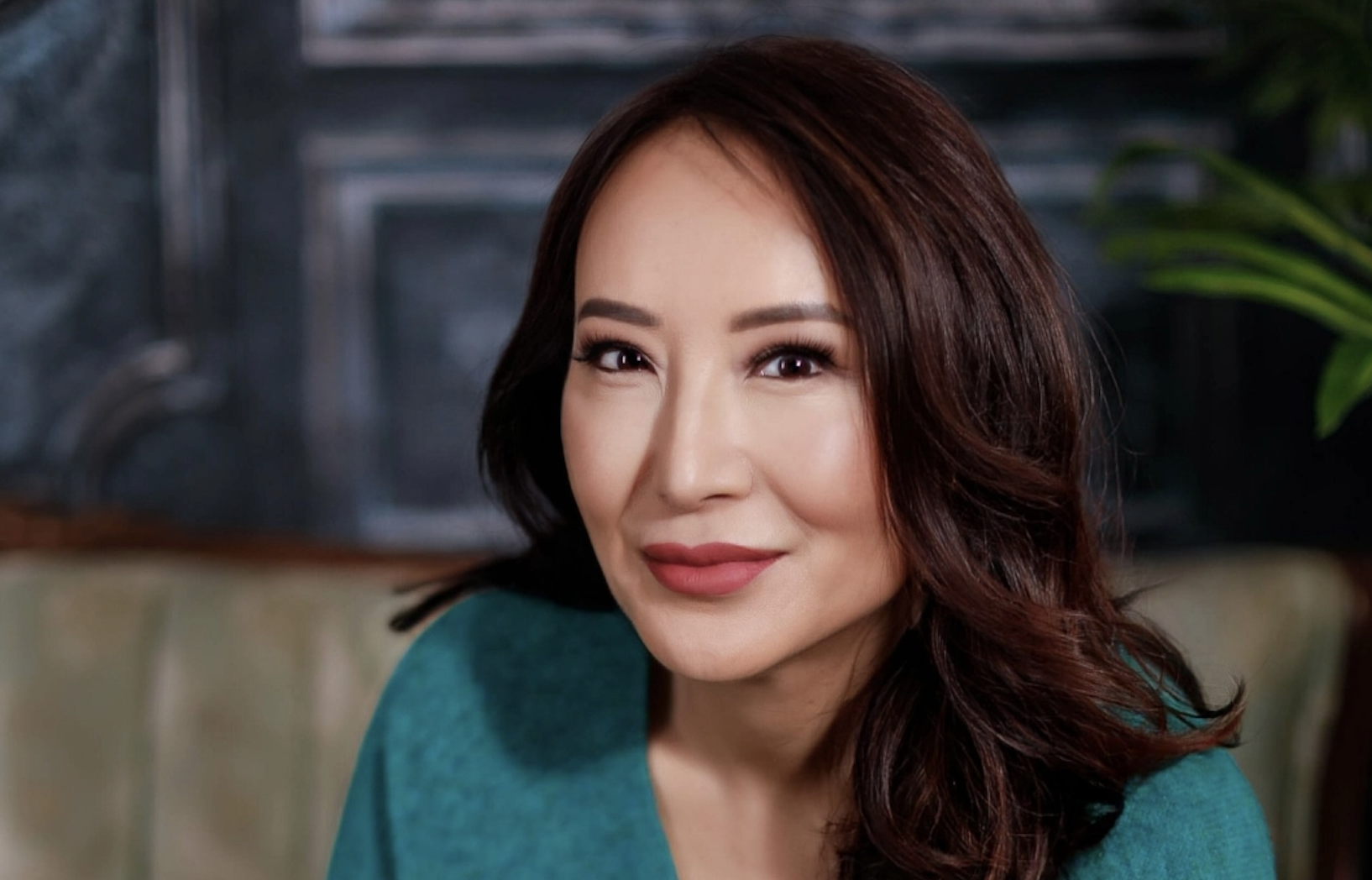
In January 2021, Kamala Harris marked history when she was sworn in as the 49th US vice president, becoming the first woman, the first African American and the first Asian American, to occupy the prestigious role. However, the United States is certainly not leading the way when it comes to women in political power, and you might even be surprised (or not!) to know that the U.S doesn’t even rank in the top ten.
Female leadership in world power is still a relatively modern phenomenon. A new study from William Russell took a deeper dive into the countries that have the highest percentage of female representation in government around the world. They analyzed the number of women in a variety of political leadership positions. By breaking down the findings, they were able to reveal which countries have the highest concentration of female leaders in political representation.
By analyzing gender equality data on the most developed countries in the world, they were able to rank the countries with the most female leaders. Data from the Global Gender Gap report looked at the number of female members of parliament chambers. Many countries use a bicameral political system, meaning that they have two chambers of parliament. They are comprised of a lower house where the government is formed, like the House of Commons, and an upper house that scrutinizes and revises legislation, like the House of Lords.

The Most Female Leaders In The World
Austria has the highest number of female leaders in the world, and has elected and appointed three female heads of state and government, with one female Chancellor and two Co-Acting Presidents. There were also 40.40% of women in parliament seats in the lower or single house, with a higher percentage in upper chamber seats, with 41% of the Federal Council being women.
The United Kingdom ranked second place behind Austria, scoring 7.53 out of 10 for its female leaders. The UK has had three female prime ministers, with women currently making up 34.5% the House of Commons.
Argentina scored third place in the ranking with 7.52 out of 10. Argentina has one of the highest shares of female membership in its lower house of parliament, The Chamber of Deputies (44.80%). Additionally, Argentina has had two female presidents.
Countries With The Highest Female Representation Across Government

Finland has appointed or elected the most female heads of state and government in the world, with four female leaders holding positions of power. The country’s current female prime minister, Sanna Marin, has served the country since 2019. Marin was praised for her handling of the COVID-19 pandemic and led her country to join Nato with overwhelming support.

Mexico has the highest percentage of women working in parliament with lower or single house seats, with 50% of its members being female in 2022. According to the Gender Quotas Database, in June 2021, Mexico implemented its constitutional mandate for “gender parity in everything” for the first time. In 2018, women won half the seats in Mexico’s Congress.

Australia has the most women working in the upper house of parliament, according to data from February 2023. The Senate, which consists of 76 members, has a share of 56.60% female members. According to the Parliament of Australia, the Australian Greens political party have had female representation in the Senate since July 1990. Of a total of 25 Green senators, 16 have been women.
Compared to the rest of the world, how does the US fare in terms of female representation in federal government? According to January 2023 figures from Pew Research, the 118th Congress has a record number of women – 28%. This is an historical high. Counting both the House of Representatives and the Senate, women account for 153 of 540 voting and nonvoting members of Congress. And although Pew found this number was a 59% increase from representation numbers a decade ago, we still have a long way to go. The current percentage remains far below women’s share of the overall U.S. population.
Regardless of where you live, representation at the political level is vital. It can determine the types of policies that impact our lives everyday. Although we are seeing an increase in women in high levels of political leadership globally, we must continue to push for change and advocate for representation.
You can see more of the data over at the William Russell study link.

















